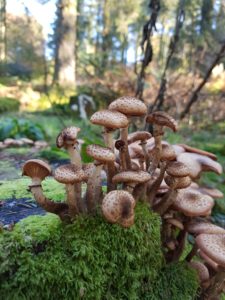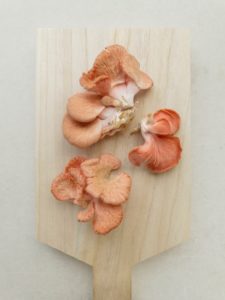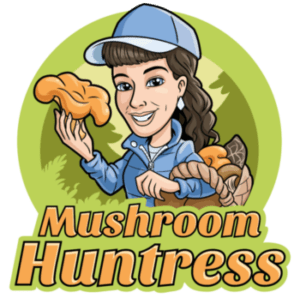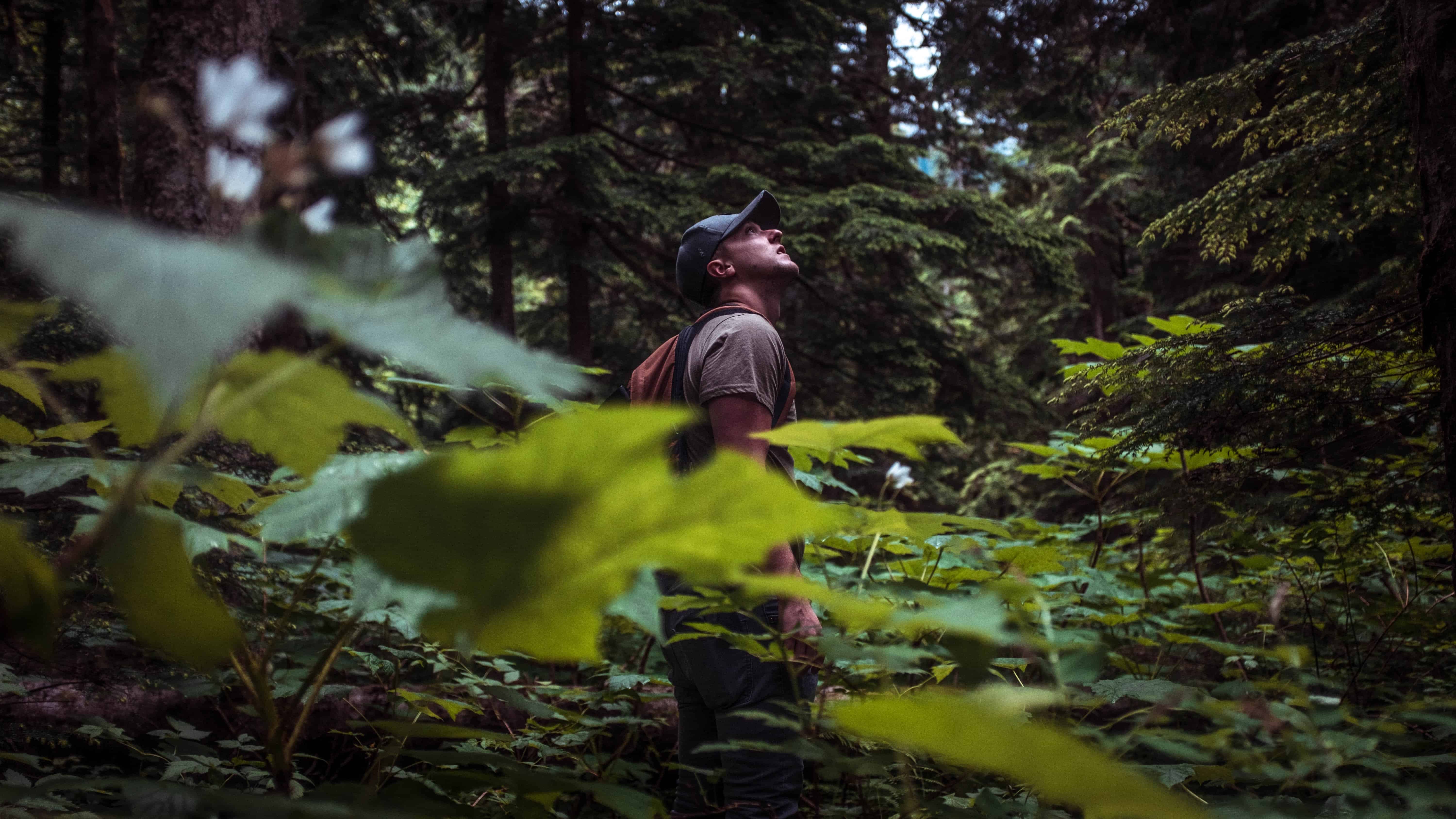Why Mushroom Foraging?
The world of mushrooms is vast, wild, and bizarre. Imagine a scavenger hunt in the woods, where the reward is a delicious, wild delicacy. Imagine a sport that ties together intellect with ability, complete with a sprinkling of mystery and unpredictability. Mushroom foraging has it all. If you’ve been looking for a new obsession to stimulate all the senses, then this is it.
The Bizarre Fungi Kingdom
Mushrooms inhabit their own kingdom, separate from animals and plants. Once you start investigating types of fungi, diversity quickly becomes evident. “That’s a mushroom?!,” is a common statement heard from novice learners. We are all so used to only seeing button mushrooms, or if we’re lucky, shiitake, that the idea that there are others is a shock. Some fungi legitimately look like alien creatures, dotting the forest floor.
Giant puffballs (Calvatia gigantea), white as snow and larger than a basketball pop up in fields across the US in late summer. Vivid orange shelves of Chicken of the Woods (Laetiporus sp.) spiral up trees in bright, broad masses. Fragile six-inch tall Black Trumpets (Craterellus cornucopioides) rise up from the ground like a massive forest concert in mid-summer. The mushroom world rarely disappoints when it comes to color, shape, size, and pure eccentricity.
Expand Your Culinary Experiences

Chefs everywhere are embracing the culinary diversity that mushrooms provide. These restaurants charge a pretty penny for dishes created with foraged foods. A mushroom forager, though, only needs to visit the woods to experience these culinary delights. Mushrooms are easy to incorporate into your diet at home.
Lion’s Mane (Hericium erinaceus) tastes like crab, especially when pan-fried and served with butter. Hen of the Woods (Grifola frondosa) is earthy and deep, with a dense, hearty texture. Morel mushrooms (Morchella sp.) are nutty and earthy, delicate and meaty.
Exercise & Outdoor Exploration
If nothing else, mushroom foraging will get you outdoors and burning calories. They aren’t going to come to you; you have to go find them. This may be a peaceful stroll down a forest path or five hours of bushwhacking in the wild woods. It all depends on which mushroom you are seeking. Once the foraging bug hits, though, the desire to be outdoors seeking becomes irresistible.
This is an excellent activity for kids, too. Instead of ‘search and destroy’ video games, they can search and find in real life. And, these rewards are real, not just on-screen. Any parent worried about their child’s screen-time should look into this hobby. It’s outdoors, it’s endlessly fascinating, it is never the same from one day to the next, and on a good day, you find dinner.
When looking at the world through a forager’s eye, all places become potential discovery zones. Mountains, valleys, stream beds, hilltops, meadows, forests, mushrooms grow everywhere.
Potential Source of Income
This is not for beginners, but with some years and some studying, it is entirely feasible. High-end chefs need to source their mushrooms somewhere, and usually, it is a local forager. Farmer’s markets are used by many foragers to sell their finds. Co-ops and specialty grocery stores are frequently looking for mushroom sources.
The amount of money possible depends on the type, quantity, and quality of the finds. High-quality, morel mushrooms sell on average for $50-$120/lb. The elusive Matsutake mushroom sells for $50-$100/lb.
Now that you’re intrigued, it’s time to find a mushroom foraging club or group in your area. A person doesn’t wake up one day an expert in anything; great things take time. That is part of the fun. Learn the easy ones, then learn the hard ones, and make sure you know the poisonous ones too! Finding mushrooms isn’t difficult. Getting an accurate ID is sometimes challenging but well worth it, especially when it is a fungi delicacy!





